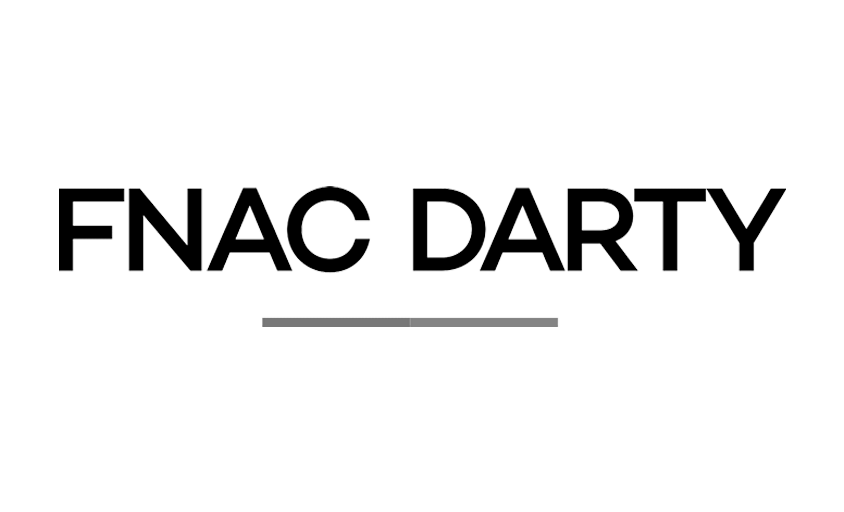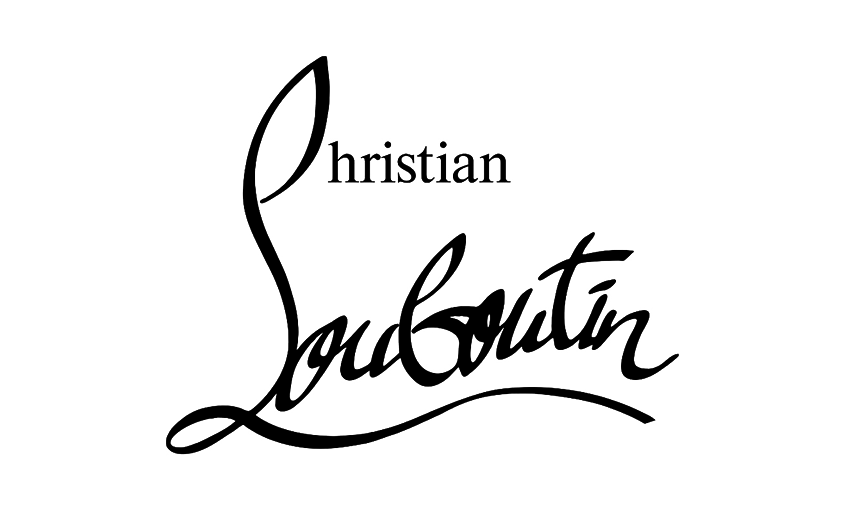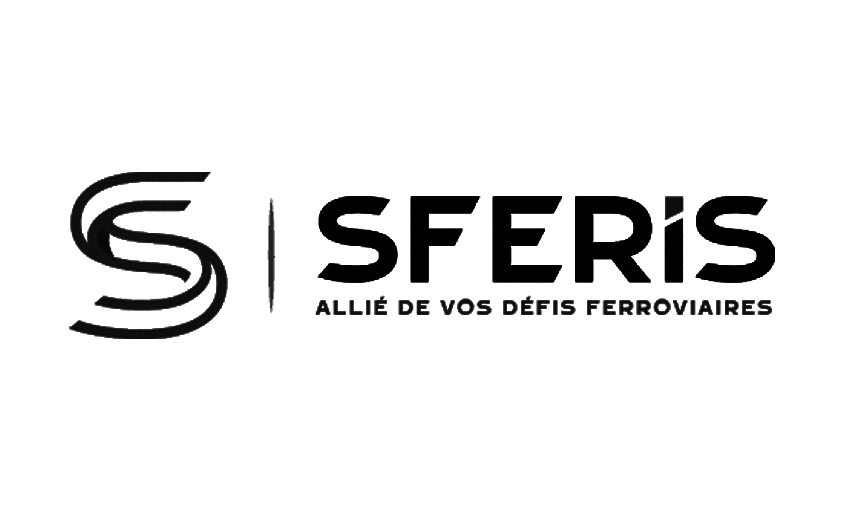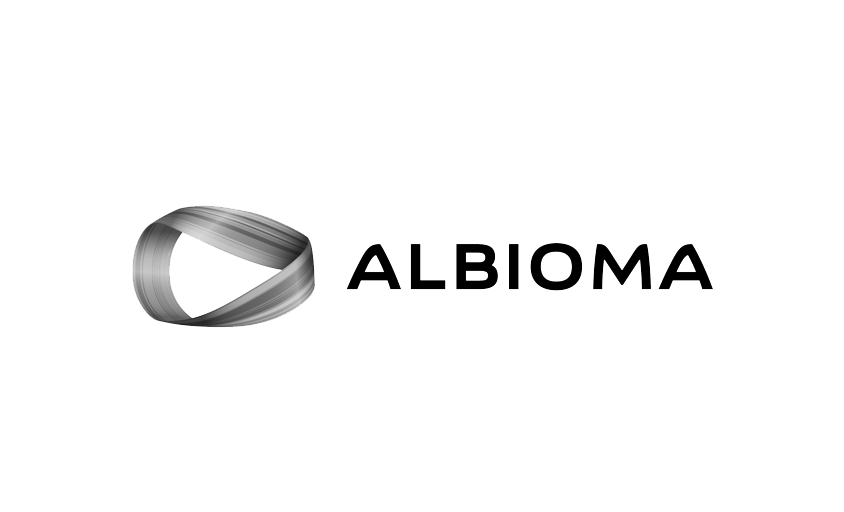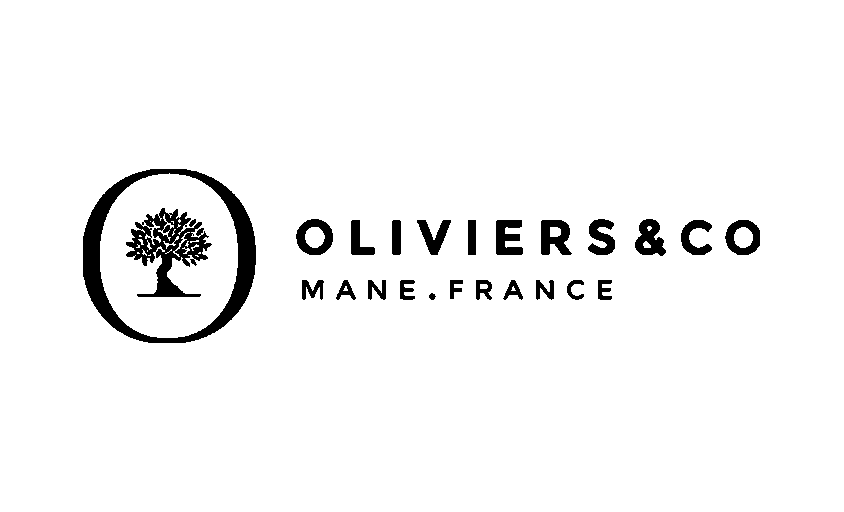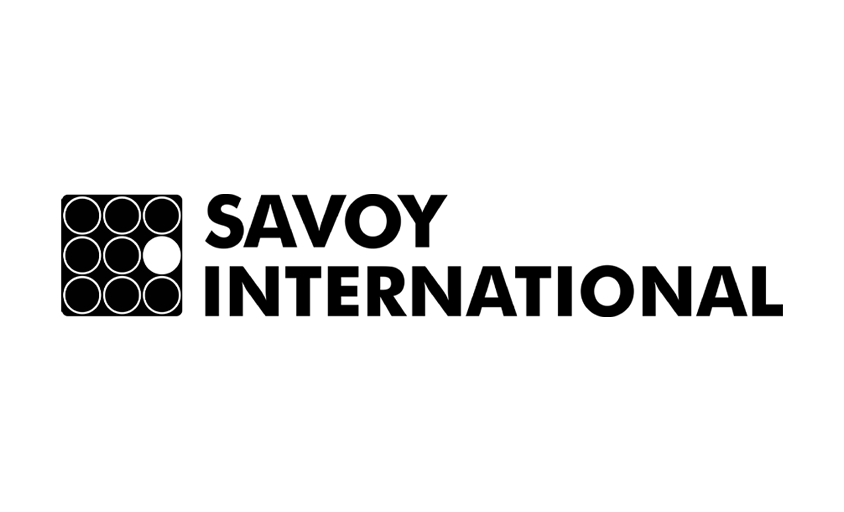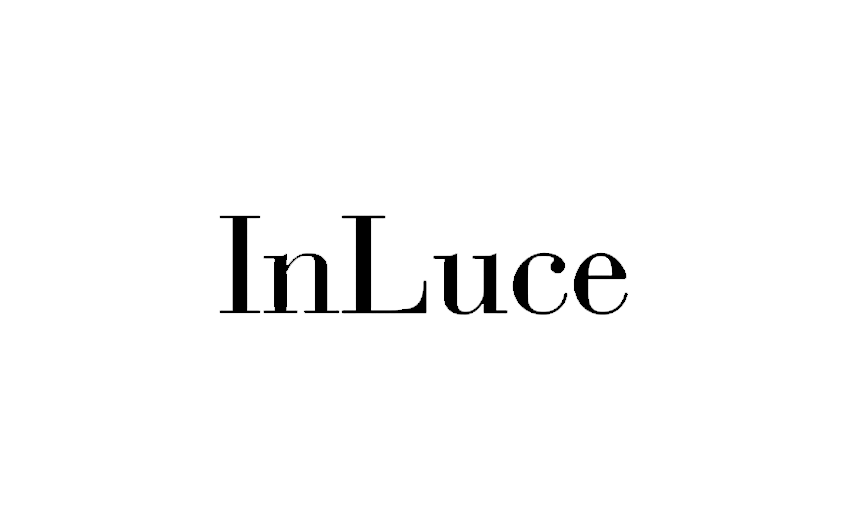Which Camera Tripod to Choose? Function, Usage, and Criteria
In this article :
Whether you’re an amateur or professional photographer, a tripod is an essential tool for achieving perfectly sharp and well-framed images. It stabilizes the camera, prevents motion blur, and allows you to explore advanced techniques like long exposure or low-light photography. More than just a support, a tripod becomes a true ally in many situations, offering complete control over composition and exposure.
A Versatile Tool for Various Uses
The tripod is often seen as an accessory reserved for long exposures, but its utility goes far beyond:
- Landscape Photography: Allows for precise composition and the use of low ISO settings for better image quality.
- Long Exposure and Light Painting: Essential for capturing light trails, reflections, and motion blur without vibration.
- Portraits and Studio: Facilitates precise settings and provides perfect stability for controlled lighting.
- Macro Photography: Crucial for capturing close-up subjects with ultra-precise focus.
- Video and Time-Lapse: Ensures steady and smooth framing for professional sequences.
No matter the photographic discipline, a well-chosen tripod enhances the quality and precision of your images.
How to Choose a Tripod That Fits Your Needs
Not all tripods are created equal, and several factors should be considered before investing in one:
- Weight and Material: Carbon tripods are lighter and more durable, while aluminum offers a good balance between stability and cost.
- Maximum Load Capacity: Make sure the tripod can support the weight of your camera and lenses to avoid imbalance.
- Extended Height: Some models provide great range, ideal for varied shooting angles.
- Head Type: Ball head for quick adjustments, 3D head for increased precision, or fluid head for video.
- Locking System: Ensure that the leg and center column locks are reliable and easy to operate.
Choosing the right tripod means ensuring optimal comfort and professional results.
Usage and Maintenance: Best Practices
A well-maintained tripod guarantees better durability and consistent performance:
- Extend the legs in the right order for optimal stability, starting with the thickest sections.
- Avoid unstable surfaces and use a weight bag in windy conditions to secure the tripod.
- Regularly clean the joints and feet to prevent dust or sand buildup, especially after outdoor use.
- Store it in a protective case to prevent damage and prolong its lifespan.
Proper maintenance ensures consistent performance and hassle-free use, even after years.
Conclusion
Far more than just a support, a tripod is an essential accessory for refining your shots and pushing the limits of photography. Whether for low-light images, carefully composed shots, or smooth videos, it provides unparalleled stability and control. By choosing a model suited to your needs and adopting good usage practices, you optimize your workflow and ensure high-quality images.
Jérémy Carlo is the editorial director at Rétines, where he ensures the consistency and clarity of all content produced by the studio.
Our Clients
Let’s discuss
What we do for you at Rétines
Meticulous work, an organised project and fast delivery. And to achieve this, we mobilise the right resources in our teams at the right time.
01
Pre-production
Artistic and technical direction tailored to the project.
Relevant recommendations on content, form and resources.
02
Photo Shooting
Photos taken by our experienced photographers.
Production that’s controlled, efficient and tailored to the needs of the project, with nothing superfluous.
03
Retouching
Technique
Photographs magnified by our retouching team.
Post-production to meet the commercial challenges of the brief.

